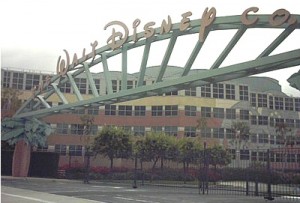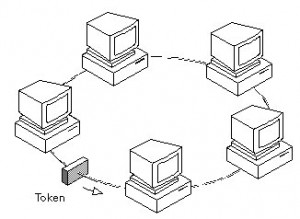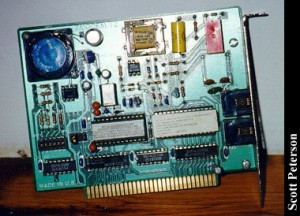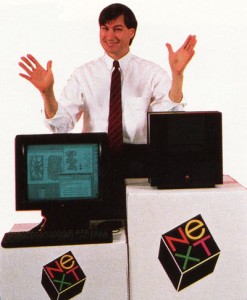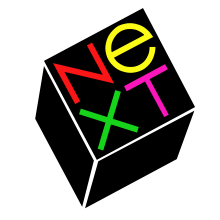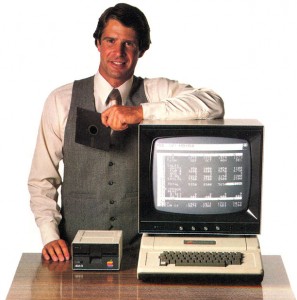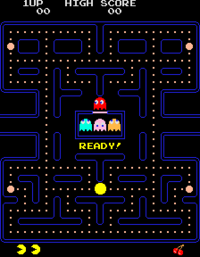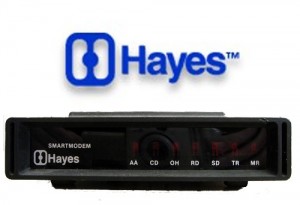October 16, 1923: Disney Brothers Cartoon Studio
Subscribe! Spotify | RSS | More
1923– 90 years ago, Walt and Roy Disney start what is known as the Walt Disney Company. It started as the Disney Brothers Cartoon studio. Walt Disney created a short film entitled Alice’s Wonderland.
In 1986, the name was officially changed to the Walt Disney Company. Steve Jobs was a shareholder and board member. Walt Disney Studios is one of the largest in Hollywood with networks ESPN, ABC, A&E and more.
Subscribe to Day In Tech History:
RSS Feed - iTunes - Android - Spotify - iHeartRadio
Facebook -
- RSS Bandwidth by Cachefly Get a 14 Day Trial
- Join me on Patreon and support Day in Tech History



